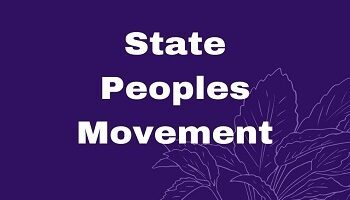Permanent Settlement 1793:
- Permanent settlements were made in Bengal, Bihar, Orissa, Banares and the Northern part of Tamil Nadu, covering an area of nineteen per cent of British India.
- Initially, this settlement was temporary, but in 1793 Cornwallis made it permanent.
- Under the Permanent Settlement of 1793, the Zamindar (Landlord) was declared the absolute owner and proprietor of his estate.
- Zamindars were allowed to sell or purchase the land and evict the peasant, in case of non-payment of rent.
- The zamindars were to give 10/11th of the rental they derived from the peasantry to the state i.e. out of the collected rent, 89% went to the state and the rest 11% to the zamindars.
- The government had no direct relation with the ryots.
- The ‘sunset law‘ came into force in the event of zamindars becoming defaulters.
- Permanent Settlement created a strong influential class loyal to the British to use them as a buffer between them and the Indian people. In fact, this argument had immediate relevance as there were a number of popular revolts in Bengal during the last quarter of the 18th century. The new group of privileged and affluent zamindars owed its existence to British rule and thus, would be compelled by its own basic interests to support it.
- The great merit of the Permanent Settlement was that it ensured to the state a regular flow of income without the responsibility of collecting it from individual peasants. The peasant also knew beforehand, the amount of revenue to be paid. The zamindars, now secure in their lands, increased the cultivation.
- The worst feature of the Permanent Settlement was the rigid system of realization of revenue by the Government. The revenue had to be deposited by them with rigid punctuality before sunset of the appointed day. If the payment was not made at the stroke of the hour, the zamindar was dispossessed of the whole or part of his estate, which was sold by public auction. “No excuse was entertained and no allowances were made for any difficulties”. To bale the Zamindars out of this distressful situation, the Government passed the notorious Regulations of 1799, which invested the Zamindars with arbitrary powers to eject the cultivator or attach his agricultural stock and implements for non-payment of rent. The law of 1799 opened the floodgates of exploitation of the helpless peasantry.









Comments (No)